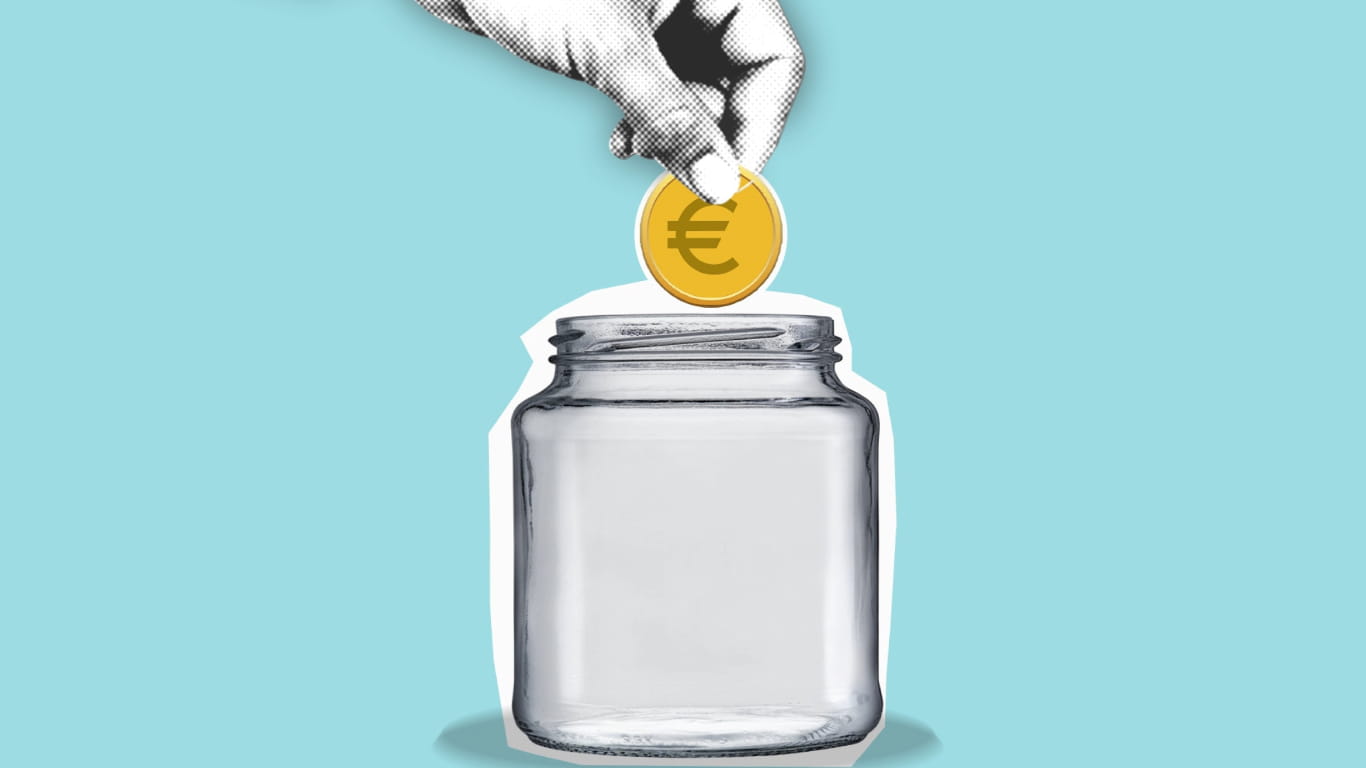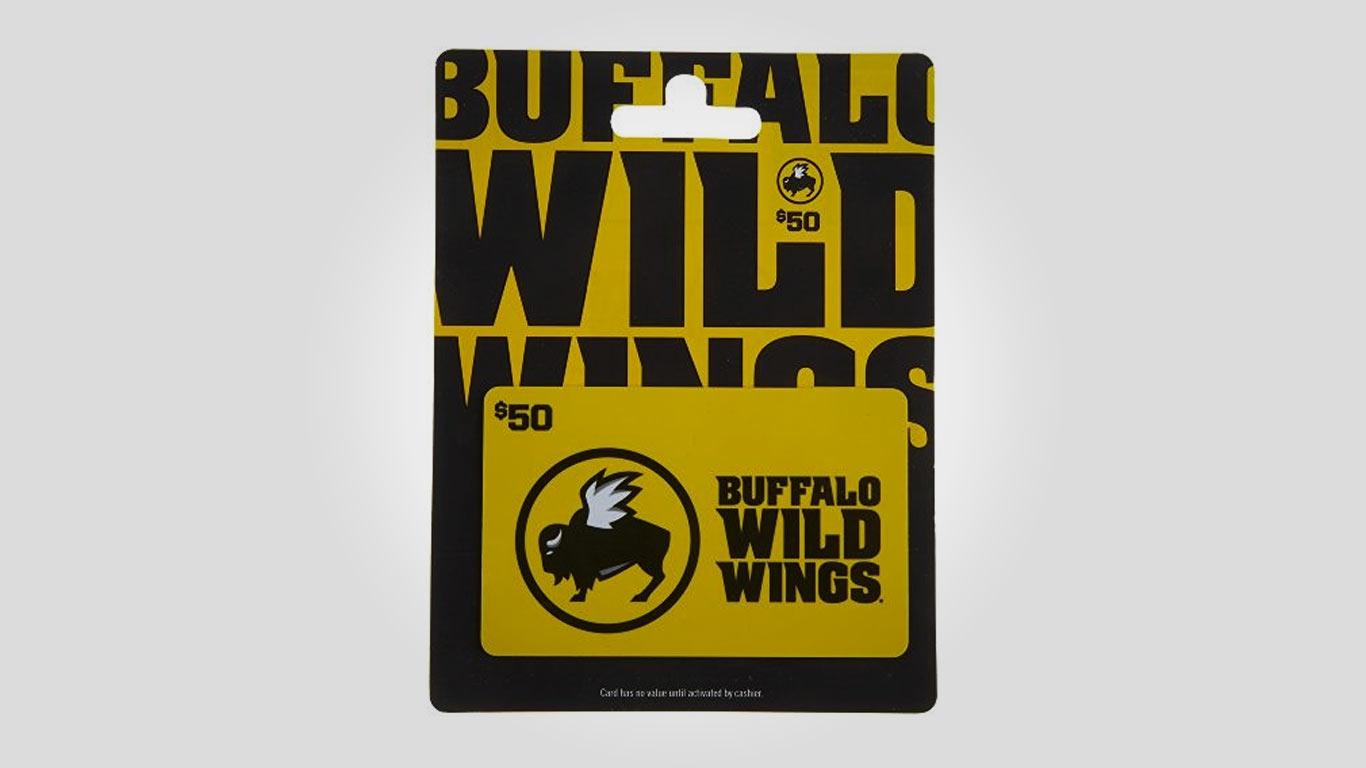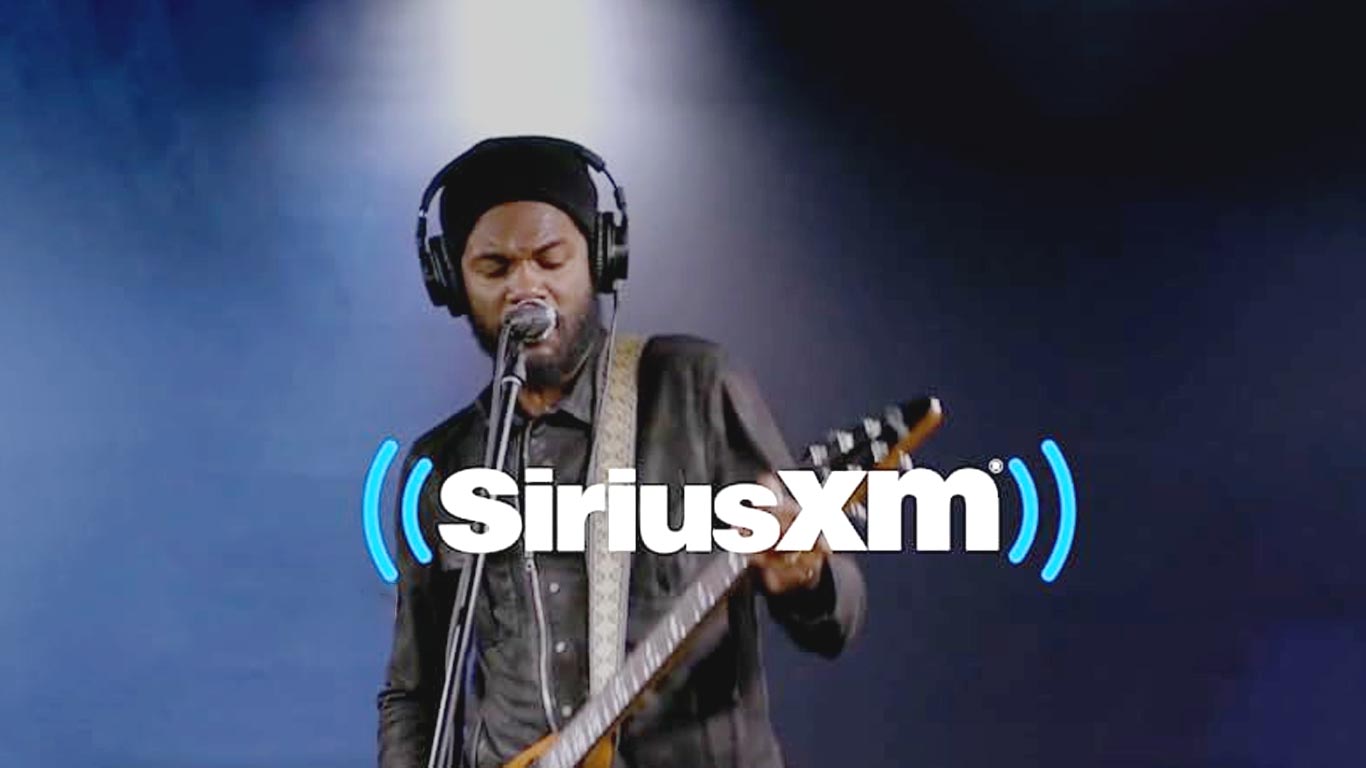
The no-spend challenge has been around for a very long time in some fashion. However, it has been getting a lot of attention lately, thanks to social media and TikTok in particular.
With soaring inflation after the 2020 COVID-19 pandemic, more people are looking for ways to save money. That is the reason why a topic like the no-spend challenge or the 30-day no-spend challenge gained traction and started trending on TikTok.
It is a simple way to put a new twist on how you deal with spending and saving money. Moreover, if done correctly, the no-spend challenge can help you reach your financial goals more rapidly.
Interestingly, it is a money-saving scheme that is totally customizable. The no-spend challenge works with any budget. No matter where you start, it is possible to make it work for you.
For example, some people have managed to save $500 in one week or month (no-spend month), while others were able to put $2,000 aside for the year. Your financial situation is going to determine what you can accomplish with the challenge.
Jessica Barclay, an English woman from Newbury, grabbed a lot of headlines after saving more than $31,461 (£24,000) in one year, thanks to the no-spend challenge.
Her story shows all that is possible with the money-saving challenge. The idea is to go after old patterns and adopt new and more beneficial spending habits.
What is a No-spend Challenge?
The popular challenge tries to partly answer this question: “How do I stop spending money for 30 days?”
Simply put, it is a money-saving challenge where you try to go for a certain period without spending money. Some people do the challenge for 30 days. Others push things further and keep the challenge going for more extended periods.
Obviously, there are a few nuances that differ from one individual to another. That is the case for the so-called “allowances,” where the person doing the challenge is allowed to pay for utilities, like gas and electricity. Groceries also fall into the same category.
To some extent, the no-spend challenge is comparable to fasting when someone is dieting. In its most realistic and popular iteration, you try to hold on for a great amount of time without spending money on things that are not essential.
It is best to keep an eye on the progress you are making in order to accumulate as many no-spending days as possible. Moreover, the no-spend challenge can be directed at some specific spending categories, like eating out.
In this scenario, you would commit to avoiding eating out for a month or more to save money. Cooking at home would replace going to restaurants.
The no-spend challenge has many layers, and it is up to you to find the one that fits you best. Moreover, you can also follow your own rhythm.
You can do the 24-hour rule, the one-week rule, the no-spend day, the no-spend weekend, the no-spend week, the no-spend month (30-day no-spend challenge), the 90-day no-spend challenge, and the no-spend year.
With all of these variations, it is really possible for you to put a unique spin on the challenge.
What Are The Rules of The No-spend Challenge?
As previously stated, one of the top no-spend challenge rules is not to spend money on things that are not important. Ideally, the money you save can go into a savings account, where you will be able to earn high interest.
Your money should not be sleeping, and it should always be working for you.
What to Cut?
One area where people spend a lot of money is eating out. Cutting trips to restaurants will do magic for your budget. It should be the first thing to go.
Buying new clothes is also a big no. People tend to purchase new clothes when they are not always necessary.
Services like the hair and nail salon can be put on hold for a while. This will be good for your budget.
Online shopping takes a lot of your money, so not allowing it during the no-spend challenge makes sense.
In the modern world, entertainment can have a hefty cost. Subscriptions to streaming platforms or attending sporting events will affect your budget in a major way if you are not careful.
The no-spend challenge does not make room for such expenses.
What to Keep?
To comply with the rules of the no-spending challenge, you do not have to skip important bills and be forced to pay late fees. There is a list of payments that are allowed throughout the savings challenge.
You can buy groceries to prepare your meals and pay for gas and utilities (phone, internet, electricity, rent, etc.). Things that are not on the allowed list are considered superfluous and detrimental to the success of the challenge.
How do You Prepare For a No-spend Challenge?
One of the most important aspects of this journey is understanding why you are doing it. Motivation is what will keep you on track and help you accomplish your goals.
People try this challenge for different reasons, and for you, it is just about finding the right one. Some do it to save more money, pay off their debt, or buy something useful for their loved ones.
Once the “why” is clear, it will be easier to get preparations underway. Since you are about to make some drastic changes, it is important to have your ducks in a row.
Tips For The No-spend Challenge
1. Look for free activities that you can do with friends and family. For example, a walk to the local museum on a Saturday sounds like an option.
2. Stock groceries since there is no food ordering or eating out.
3. Be creative and find ways to replace the things that you used to do with free versions.
A Bonus Tip: If you are looking at how not to spend money for a month is to go public with the challenge. People around you can serve as motivation.
The no-spend month rules can be hard the first time around. However, if you follow these tips and limit your social media use, it will be hard not to ace the no-spend-month challenge.
The no-spend challenge is part of a list of money-saving schemes to which the online world has paid a lot of attention in recent years. The list also includes the 52-week money-savings challenge, the penny challenge, the bi-weekly saving challenge, the 100-envelope challenge, the 6-month savings challenge, the 7-day savings challenge, and the pantry challenge.
They all stand out for different reasons. However, they have one common goal: to help more people make better choices when it comes to their relationship with money.
Bottom Line
Saving money is an art form for some people, and the no-spend challenger is another tool that you can use to reach your financial objectives. Depending on what you want to achieve, you can decide to go big or small.
No matter what you do, it can have a lasting impact on the way you see money and even yourself. The true objective is for you to embrace a new lifestyle through this challenge.
You can take one step at a time or take a big leap. Either way, the money-saving challenge will have you moving forward.












Most Viewed
Cheapest Grocery Store in 2024 – Save Big on Food and Groceries!
The Healthiest Foods under $48 to Add to your Cheap Grocery List Right Now!
10 Budget-Friendly Kids’ Favorite Foods for Picky Eaters
How to Stop Spending Money on Food for Healthier Living